Ok, Boomer
It’s the 1970s, and you hate bell bottom pants and disco – or perhaps you’re just sick of hippies and the sexual revolution from the previous decade. So where do you turn? One popular option at the time was embracing the pop culture of the 1950s.
Was the nostalgic popularity of 1950’s culture accurately portrayed during the 1970s? Or was it a widespread case of rosy retrospection – the cognitive bias of recalling events with a more favorable spin? Though separated by two decades, music, fashion, and culture from the ’50s experienced a real resurgence in the 1970s. Here are a few of the possible reasons why …
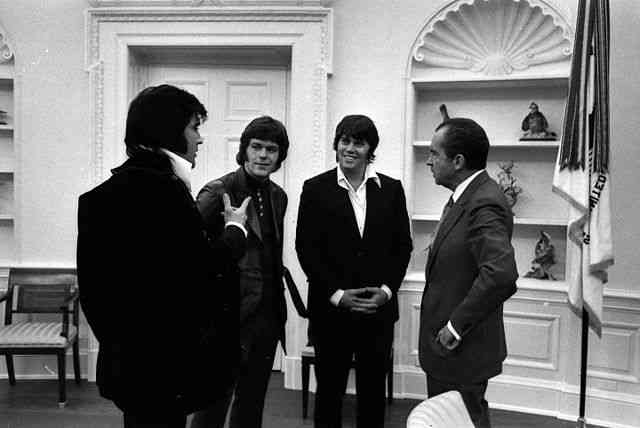
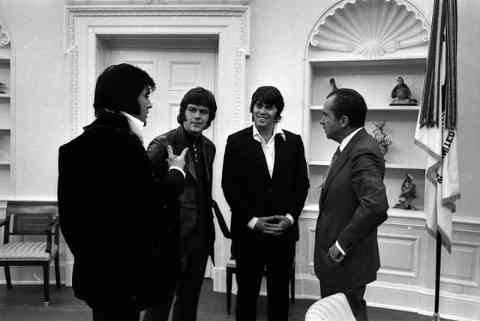
As Baby Boomers approached their thirties in the 1970s, they began to look back longingly at their childhoods. This wistful nostalgia harkened back to a time they viewed as less stressful, more respectful, and more family centered.
Poodle skirts, motorcycle jackets, hula hoops, and sock hops were included in the fond – if imperfect – memories of the past. Their attempts to recapture that time brought a revival of drive-in diners, roller rinks, drive-in double-feature movies, and malt and soda fountain shops with jukeboxes playing that good ol’ rock ‘n roll.
Rock Around The Clock
Happy Days began life as an unsold pilot called New Family in Town. The pilot eventually aired as part of an episode on Love, American Style, an anthology television series. When American Graffiti began skyrocketing at the box office, the ABC network reconsidered their earlier refusal to pick it up and ordered the series.
ABC marketed it as closely as they could to American Graffiti’s style, including using the same typeface on the opening credits, and one of the songs from the soundtrack as the opening theme.
Happy Days centered on the Cunningham family, particularly their son Richie and his friends, including Arthur “Fonzie” Fonzarelli. Fonzie, a relatively minor character in the first two seasons, was emphasized more when the series ramped up the comedy to boost flailing ratings.
Henry Winkler’s portrayal of Fonzie not only made him a major star, but catapulted the show to much higher ratings, including the number one slot for 1976-1977. Several sayings were coined by the show, including the idiom ‘jumping the shark,’ which originated from a season five episode in which Fonzie literally jumped a shark on water skis.
The popularity of the show solidified 1950s nostalgia, and led to a number of spin-offs, including Laverne & Shirley, and the popular sitcom Mork & Mindy, which made Robin Williams a household name.
Baby Boomers loved the 1950s nostalgia and clean, but often adult, humor. And their GenX latchkey off-spring rushed home to catch the shows, which were heavily aired in syndication, driving up the demand for related merchandise.
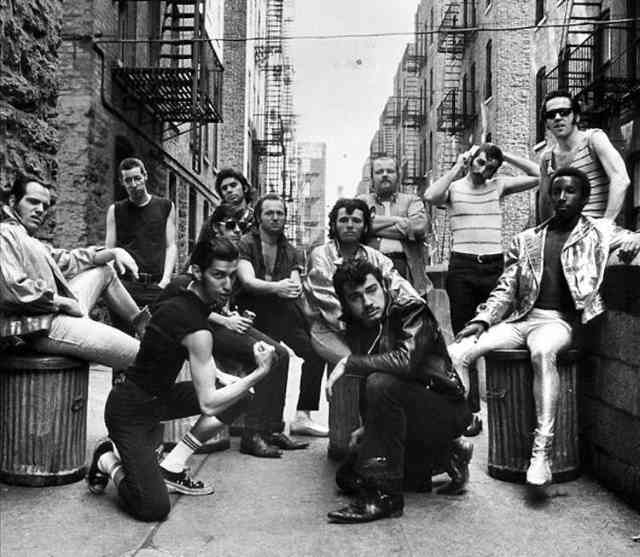
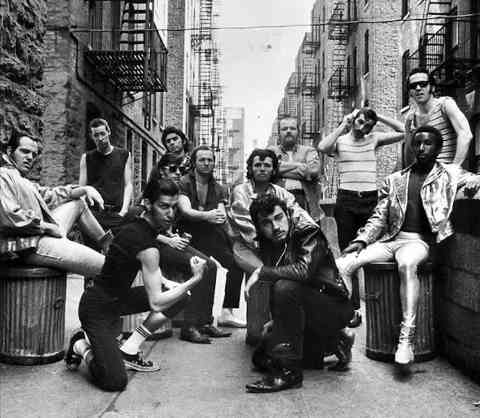
Woodstock, Hendrix, And Sha Na Na
The kickoff of the 50s craze can be traced back to Woodstock and Jimi Hendrix’s opening act, Sha Na Na. The 1950s revival a cappella group’s name was derived from the nonsensical chorus of Silhouette’s 1957 song Get a Job.
Their doo-wop and rock ‘n roll song-and-dance routines resounded with people well, and the national attention led them to host a television variety series. The group also appeared in the 1978 movie Grease.
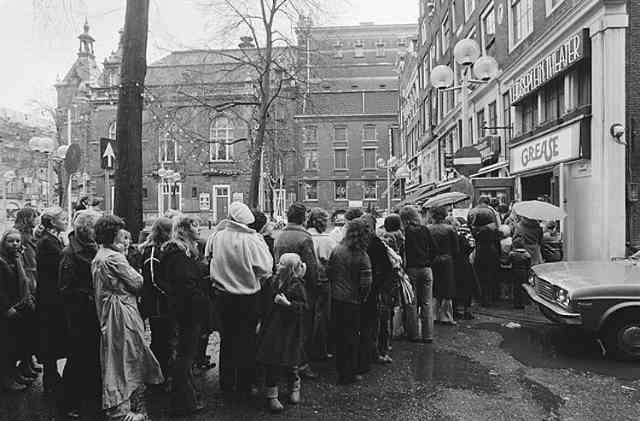
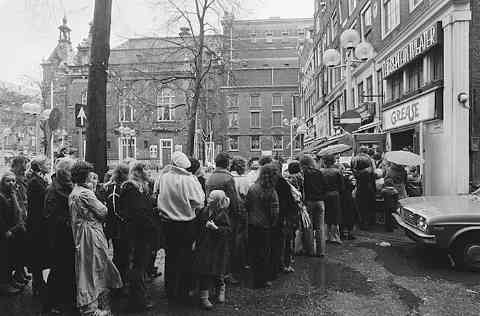
Grease Is The Word
Grease (1978), the film adaptation of the 1972 musical play of the same name, features original songs that would have felt right at home in the 1950s. The story begins at the end of the summer of 1958 on a California beach. Australian girl Sandy Olsson and local boy Danny Zuko fall in love and are heartbroken when the summer ends.
But rather than returning to Australia as planned, Sandy’s parents decide to move to America, and she’s enrolled at Rydell High, the same school as Danny. But school-Danny seems very unlike beach-Danny. Both of them are secretly longing for each other, yet unable or unwilling to break out of their polar opposite personas. Eventually, both Sandy and Danny make changes in order to rekindle their romance. And they live happily ever after, of course.
The soundtrack became very popular, as did the movie’s wardrobe. Everyone wanted a Pink Lady or T-Bird jacket; girls dressed up for Halloween in an outfit mimicking Sandy’s from the movie’s final scene. The film’s popularity was so widespread that popular aspects of the film were incorporated into subsequent musical productions.
Where Were You In ’62?
American Graffiti (1973) was another popular film at this time. George Lucas’ coming-of-age movie featured four high school graduates trying to fit everything they could into their last day of summer vacation before they headed off to college. Although it was set in 1962, the soundtrack was heavily populated with 1950s-sounding music.
Popular modern mythology has wrongly tried to connect American Graffiti and Happy Days as two parts of the same “universe.” While it’s true that Happy Days began airing not long after American Graffiti became popular, and its initial marketing was targeted to mimic features of the film, the series wasn’t a spin-off of the movie.
Happy Days, Or La Vie En Rose?
But was this fad an authentic version of everyday ‘50s Americana? Or was it a combination of rosy retrospection and convenient, clever marketing? In fact, it was a bit of both.
Multiple generations living in the ‘70s were provided with the means to escape from the harsher realities of life for a little while. However, the attempt to live in the past did little to slow down moving forward into the future.